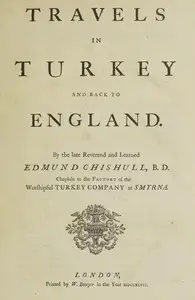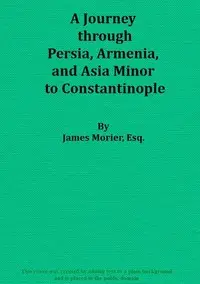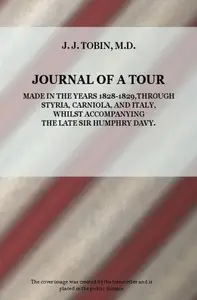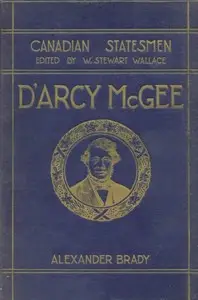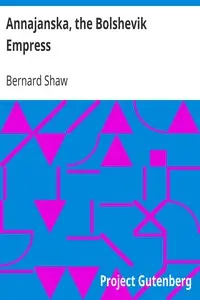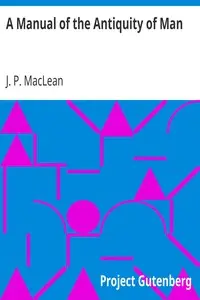"Travels in Southern Europe and the Levant, 1810-1817" by C. R. Cockerell is an exciting journal taking you back to the 1800s, through the eyes of a young, adventurous architect as he travels through Europe and the Levant. He sets out to capture the beauty of places like Greece and Turkey, drawing sketches of old temples and buildings. The story begins with him leaving London on a ship called the "Black Joke," headed for Constantinople, now known as Istanbul, experiencing tense but fun moments with people he meets and the thrill of life at sea, including capturing a French ship. His passion for art and eagerness to discover new places shines through, setting the scene for a journey filled with historical places and architectural wonders.
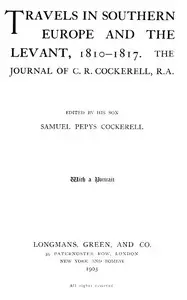
Travels in Southern Europe and the Levant, 1810-1817 The Journal of C. R. Cockerell, R.A.
By C. R. (Charles Robert) Cockerell
Embark on an early 19th-century journey through Europe and the Levant, as a young architect's sketches and adventures unfold amidst capturing French ships and exploring ancient ruins.
Summary
About the AuthorCharles Robert Cockerell was an English architect, archaeologist, and writer. He studied architecture under Robert Smirke. He went on an extended Grand Tour lasting seven years, mainly spent in Greece. He was involved in major archaeological discoveries while in Greece. On returning to London, he set up a successful architectural practice. Appointed Professor of Architecture at the Royal Academy of Arts, he served in that position between 1839 and 1859. He wrote many articles and books on both archaeology and architecture. In 1848, he became the first recipient of the Royal Gold Medal.
Charles Robert Cockerell was an English architect, archaeologist, and writer. He studied architecture under Robert Smirke. He went on an extended Grand Tour lasting seven years, mainly spent in Greece. He was involved in major archaeological discoveries while in Greece. On returning to London, he set up a successful architectural practice. Appointed Professor of Architecture at the Royal Academy of Arts, he served in that position between 1839 and 1859. He wrote many articles and books on both archaeology and architecture. In 1848, he became the first recipient of the Royal Gold Medal.

